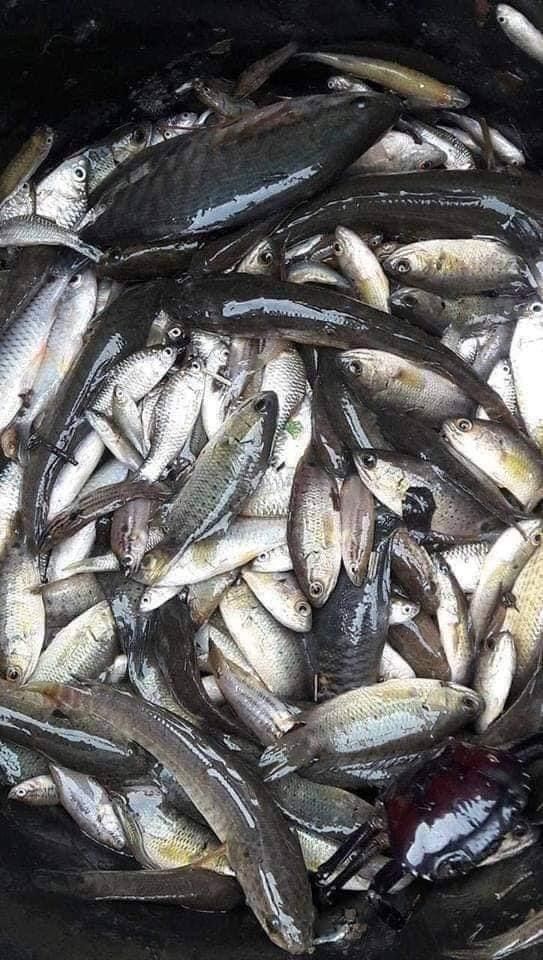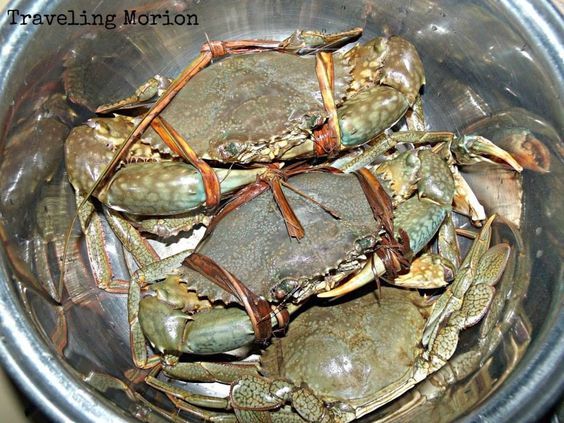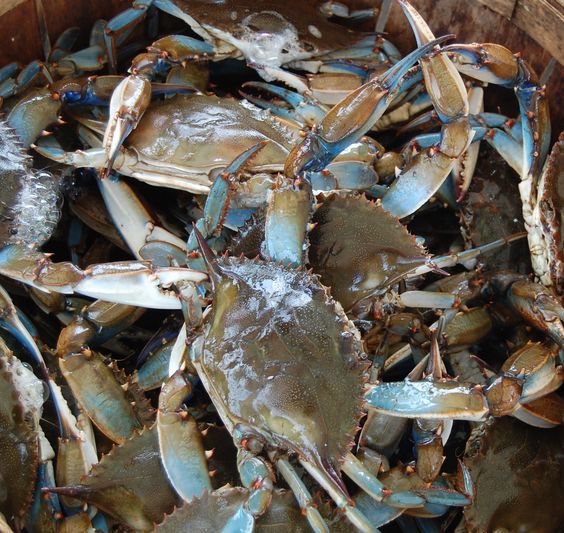Successful Fish Farming Strategies: A Guide to Aquaculture Prosperity
Successful Fish Farming Strategies, also known as aquaculture, is a rapidly growing industry that plays a vital role in meeting the global demand for seafood. As wild fish stocks dwindle and consumer preferences shift towards sustainable practices, aquaculture offers a promising solution for producing healthy, protein-rich food. However, navigating the world of fish farming requires careful planning, strategic implementation, and ongoing adaptation.Successful Fish Farming Strategies, This article explores key strategies that can set your fish farm on the path to success.
Contents
Choosing the Right Species and System
The first crucial step involves selecting fish species and a farming system that align with your resources, market demands, and personal goals. Here are some factors to consider:
- Market Demand: Research local and regional market trends to identify fish species with high demand and good profit margins. Consider factors like consumer preferences, cultural significance, and competition from other farms.
- Fish Biology: Choose fish species suited to your chosen farming system. Research their growth rates, stocking densities, feeding requirements, and susceptibility to diseases.
- Farming System: There are various aquaculture systems, each with its own advantages and limitations. Common options include:
- Pond Aquaculture: Utilizes natural or man-made ponds for extensive or semi-intensive fish production.
- Cage Aquaculture: Involves submerged cages placed in lakes, rivers, or oceans for fish farming.
- Recirculating Aquaculture Systems (RAS): Land-based closed-loop systems that offer greater control over water quality and environmental conditions.
Securing a Suitable Location
Successful Fish Farming Strategies,The location of your fish farm significantly impacts its success. Here’s what to consider:
- Water Quality: Water is the lifeblood of your fish farm. Ensure the water source (well, spring, river) has adequate quantity and quality, meeting the specific needs of your chosen fish species. Test for factors like temperature, pH, oxygen levels, and potential pollutants.
- Accessibility: The farm should be easily accessible for transportation of fish, feed, and equipment. Proximity to markets and processing facilities can reduce costs.
- Regulations: Research and comply with all local, state, and federal regulations related to aquaculture. This may involve obtaining permits, managing waste disposal, and adhering to environmental sustainability guidelines.
Building a Strong Foundation in Pond Management
Successful Fish Farming Strategies,For pond-based aquaculture, proper pond management is essential. Here are key practices:
- Pond Preparation: Prior to stocking fish, prepare the pond by removing unwanted fish and aquatic plants, controlling predators, and ensuring proper water depth and quality.
- Water Management: Implement strategies to maintain optimal water quality. This may involve aeration to increase oxygen levels, monitoring and adjusting pH levels, and managing salinity (if applicable).
- Biosecurity: Establish biosecurity measures to prevent the introduction and spread of diseases. This could involve disinfecting equipment, quarantining new fish, and implementing proper health monitoring protocols.
Implementing Effective Feeding Strategies
Successful Fish Farming Strategies feed is a significant operational cost in aquaculture. Here’s how to optimize feeding:
- High-Quality Feed: Invest in high-quality, species-specific feed that promotes healthy growth and development. Consider factors like protein content, nutrient composition, and digestibility.
- Feeding Practices: Develop a feeding schedule that provides the right amount of feed at the correct frequency. Overfeeding can lead to water quality issues and waste, while underfeeding hinders fish growth.
- Monitoring Feed Efficiency: Track feed conversion ratios (FCR) to measure how efficiently your fish convert feed into growth. Aim for a low FCR to minimize feed costs and waste.
Maintaining Fish Health
Successful Fish Farming Strategies,Maintaining optimal fish health is critical for successful fish farming. Here are some best practices:
- Disease Prevention: Implement preventative measures like proper water quality management, biosecurity protocols, and vaccination programs (if available) to minimize disease outbreaks.
- Regular Monitoring: Regularly monitor fish health by observing their behavior and physical condition. Early detection of disease allows for prompt intervention and treatment.
- Treatment Strategies: Develop a plan for addressing disease outbreaks, including access to appropriate medication and treatment protocols.
Sustainable Practices for Long-Term Successful Fish Farming Strategies
Successful Fish Farming Strategies,Sustainable aquaculture practices not only benefit the environment but also contribute to long-term farm viability. Here are some key aspects:
- Water Management: Minimize water usage and implement strategies to treat and reuse wastewater.
- Waste Management: Develop proper waste management practices to prevent pollution of surrounding waterways. This may involve composting organic waste or utilizing biofloc technology.
- Responsible Sourcing: Source fish feed and other aquaculture inputs from responsible and sustainable sources.






